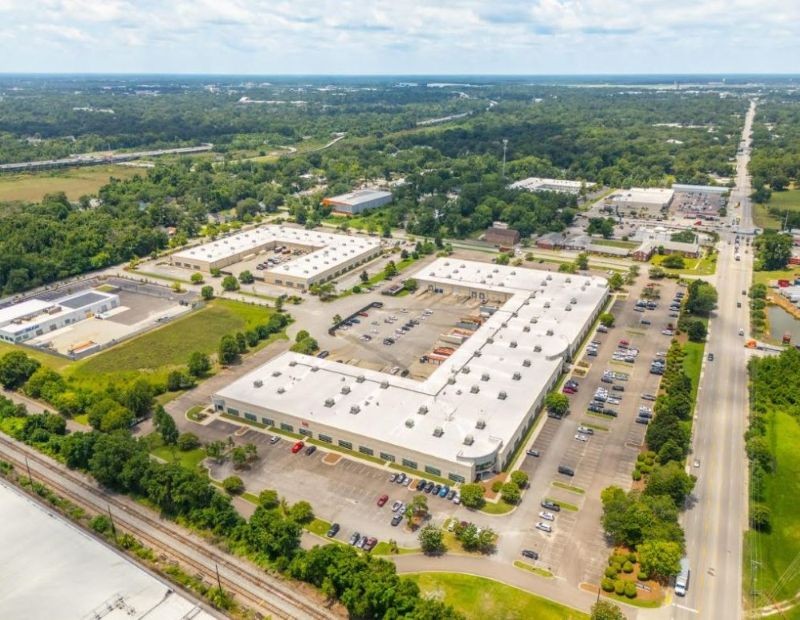Net Lease Cap Rates Trend Lower
After two consecutive quarters of increasing cap rates, the single-tenant net lease sector saw cap rates decline across retail, office and industrial property types, as competition heats up, notes The Boulder Group President Randy Blankstein.
By Randy Blankstein
 Single-tenant net lease cap rates in the third quarter of 2017 decreased across all asset classes when compared to the previous quarter. Cap rates for retail properties decreased by 12 basis points to 6.11 percent, representing the lowest level in the net lease retail sector since the third quarter of 2016, when cap rates were at a historical low of 6.10 percent. Cap rates for net lease office and industrial properties decreased by 16 and 10 basis points to 6.98 percent and 7.27 percent, respectively.
Single-tenant net lease cap rates in the third quarter of 2017 decreased across all asset classes when compared to the previous quarter. Cap rates for retail properties decreased by 12 basis points to 6.11 percent, representing the lowest level in the net lease retail sector since the third quarter of 2016, when cap rates were at a historical low of 6.10 percent. Cap rates for net lease office and industrial properties decreased by 16 and 10 basis points to 6.98 percent and 7.27 percent, respectively.
Surprising decline
After two consecutive quarters of increasing cap rates, cap rates decreased across all three sectors. Throughout the course of the third quarter, the 10-year treasury yield reached its lowest level of the year (2.06) before ending the quarter at 2.33. Competition for retail assets increased in the third quarter as evidenced by the spread between asking and closed cap rates. In the third quarter of 2017, this spread decreased by 14 basis points to 21 basis points. While cap rates compressed among all of the net lease sectors, premium pricing for single-tenant properties is concentrated in top-tier assets with long-term leases, credit tenants and core markets. Some investors seeking yield in a compressed cap rate environment have turned to shorter-term leases or tenants with credit concerns if the underlying real estate fundamentals warrant the risk.
Private and 1031 buyers will continue to aggressively seek net leased investments, as the passive nature of the leases and tax deferral remains appealing. In the third quarter of 2017, 1031 and private buyers accounted for approximately 70 percent of single-tenant retail transactions. Furthermore, the 1031 and private buyer pool accounted for more than 85 percent of the transactions that were priced below a 6 percent cap rate. This illustrates the premium that private investors are willing to pay when seeking top-tier properties with long-term leases and strong credit tenants.
The net lease market should remain active throughout the remainder of the year, as institutional and fund investors look to meet fund allocations by year-end. Furthermore, the 1031 exchange buyer pool will continue to create competition among net lease investors. Net lease investors will continue to carefully monitor the capital markets and continue their disciplined acquisitions, as most believe in a likelihood of more favorable pricing in the future.







You must be logged in to post a comment.